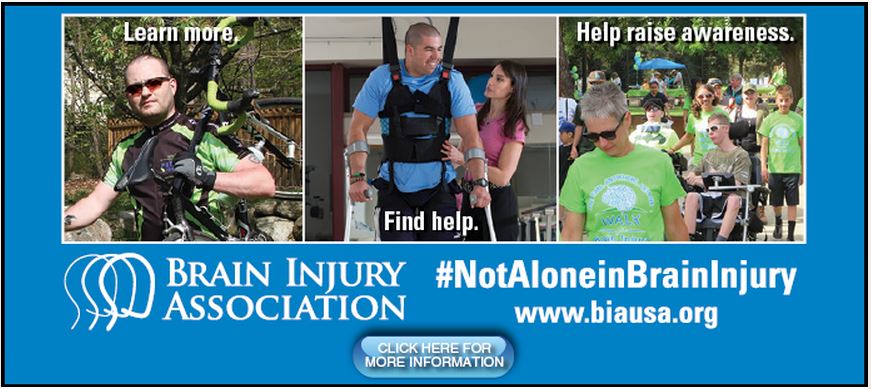
March is Brain Injury Awareness Month, and this year’s theme is “Not Alone,” an important message for anyone who is, or knows someone, currently coping with a brain injury.
Studies have shown dancing, as a form of rehabilitation, can have positive effects on the brain. Like any muscle, the more you use it, the stronger it gets. While dancing is not a cure-all, with any physical or mental damage even slight improvements are a blessing.
When we dance, or perform any rapid-fire, decision-making action, our brain is forced to work quicker and harder. Performing these types of actions over a period of time can begin “repairing” certain portions of our brains.
Dr. Joseph Coyle, of the Harvard Medical School, commented on a study which tested the positive effects of dancing on the brain. According to Coyle, “the cerebral cortex and hippocampus, which are critical to these [dancing] activities, are remarkably plastic, and they rewire themselves based upon their use.” In other words, “our brain constantly rewires its neural pathways, as needed. If it doesn’t need to, then it won’t.”
Dancing is an activity which requires instantaneous decision making, especially free-form dances, such as ballroom, swing and salsa. The improvisation, when paired with learned moves and skills, increases neural connectivity — forming more and deeper connections within the brain. In a sense, dancing is a skill which can help rehabilitate the brain, on top of the physical benefits it can bring.
Michelle Pearson, a dance teacher and choreographer, works with the Krempels Brain Injury Foundation’s SteppingStones Program. She often works with individuals that have suffered traumatic brain and neurological injuries. Watch her discuss and help such a group of people.
The moral of this story is to never stop learning. Whether it’s dancing, painting or cooking classes, the best thing we can all do is keep our brain working. And if you, or someone you know, has suffered an injury to the brain, don’t give up. There are people and activities that can help. Remember, you are “Not Alone.”
And please share the images above, to help raise awareness and let the world know we’re all in this together.

